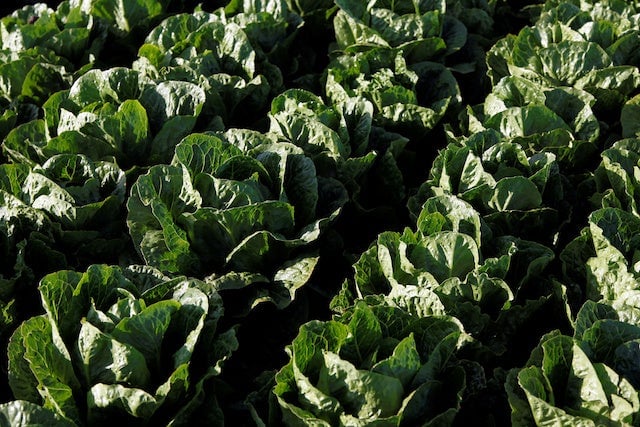The CDC warns that romaine lettuce—all of it—is unsafe to eat
Step away from the salad.


Step away from the salad.
Just—just step away from it. Put your fork down and don’t eat any more. We’ll get back to you when it might not be life-threatening.
That’s essentially the message being sent to every American by the US Centers for Disease Control and Prevention (CDC).
In a statement released today (Nov. 20) by the CDC, the agency advised 325.7 million people to avoid eating romaine lettuce altogether. Full stop. The message comes as health officials and produce companies try to hunt down the source of a Shiga toxin-producing E. coli bacteria that has so far infected people across 11 states, sickening at least 32 and hospitalizing 13.
It doesn’t matter where people get their romaine. The agency advises staying away from it in grocery stores, cafeterias, and restaurants, and even tossing (out) any leaves still lingering in fridges at home.
“If you do not know if the lettuce is romaine or whether a salad mix contains romaine, do not eat it and throw it away,” the statement reads. “Wash and sanitize drawers or shelves in refrigerators where romaine was stored.”
For the produce industry, this is a worst-case-scenario. Almost no situation could be more bleak than a government telling its citizen to avoid eating a very specific type of food. Even worse for growers of romaine lettuce, it’s the third time in a 12-month period that the government has alerted the public to health-related outbreaks linked to that type of lettuce. The last outbreak was traced back to Yuma, Arizona.
“If we can’t figure this out, I don’t know how effective industry can be in regards to regaining trust,” says Jennifer McEntire, who heads food safety and technology for United Fresh Produce Association, the produce industry trade group.
McEntire said the onus is on the produce growers to ensure they are producing a safe product for consumers to eat, with help from the US Food and Drug Administration to catch any signals of illness, connect dots and trace it back to the source. She added that the industry is currently at a virtual standstill. According to the US Department of Agriculture, romaine lettuce alone is a business with a production value worth more than $1 billion each year.
Food-safety experts have in the past said that news headlines about outbreaks are actually a good thing, because they show that the system for catching health problems is working. But one indication of a problem is when the system can’t quickly track down its root. That’s the predicament growers currently face.
United Fresh says other leafy greens are still fine to eat, including iceberg lettuce, spinach, and kale.
E. coli symptoms generally occur within four days of swallowing a contaminated food. They can include diarrhea, fever, blood in the stool, and vomiting, and can develop into a life-threatening kidney problem called STEC infection.